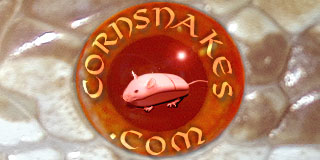Joejr14
Grand Bubble Burster
Mark'sMorphs said:There are amel Miami corns. And there are hypo Miami corns too. So a Miami that is both amel and hypo WOULD be a Miami sunglow.
Wut?
Crimson X Amel = Normals het hypo, amel; not normals het sunglow. Sunglow, again, is a selectively bred version of amelanism (not albino, Mr. Morph), therefore there cannot be a het sunglow.
I have a question though---what do you get when you cross a candy cane x normal?
And that question is for Mark ONLY.



